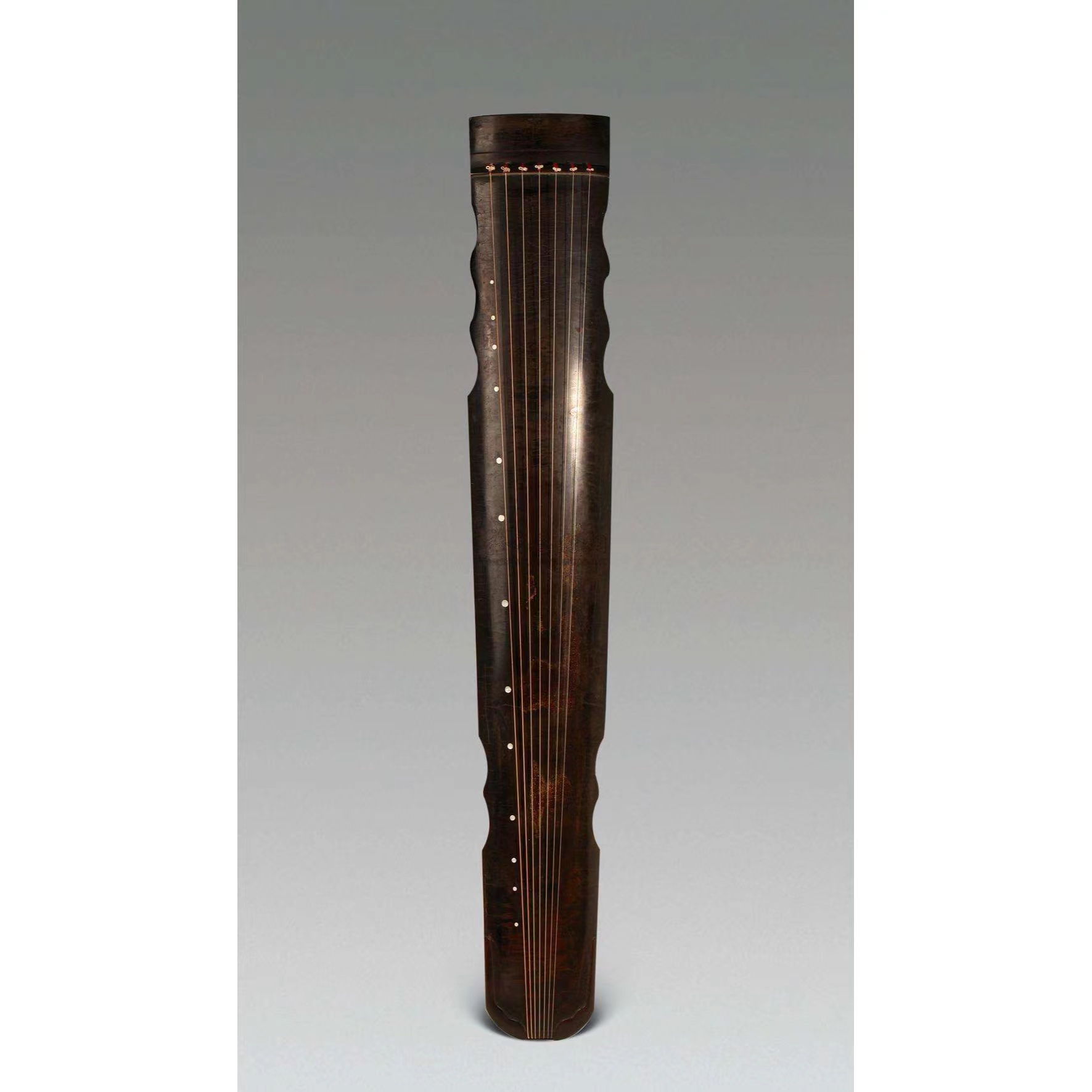Guqin overview

Guqin (pinyin: Gǔ Qín) is a traditional Chinese musical instrument with a history of at least 3,500 years. Guqin is also known as Yaoqin, Yuqin and Seven-stringed Qin. The guqin has 13 emblems that mark the rhythm, and is also a ritual and musical instrument. It belongs to the silk in the octave. Guqin has a wide range, deep timbre and long aftertone.
The earliest written records about the guqin are the ancient texts engraved on the bronze utensils in the early Zhou Dynasty. The earliest written records can be found in the "Book of Songs" and other classics.
Guqin famous songs include "Xiaoxiang Shuiyun", "Guangling San", "Flowing Water", "Question and Answer with the Fisherman", "Pingsha Falling Geese" and so on.
Guqin is beautiful in shape, the common ones are Fuxi style, Zhongni style, Lianzhu style, Luoxia style, Lingji style, Banana leaf style, Liezi style, Actor officer style, Shennong style, Xiangquan style, Fengshi style, Shikuang style, Sub-type, Zhongli type (Heming Qiuyueqin), sword type, etc. It is mainly distinguished by the difference in the shape of the body and the waist. The most famous Jiuxiao ring is the Fuxi style.
There are more than 3,360 qin songs, more than 130 qin scores and 300 qin songs.
In 2003, the art of guqin was included in the second batch of representative works of the world's intangible cultural heritage by UNESCO. The State Council of the People's Republic of China listed the guqin in the first batch of national intangible cultural heritage in 2006, and since 2007 has repeatedly announced the list of representative inheritors of the national intangible cultural heritage (guqin project).
- Chinese name:Guqin
- Origin:China
- origin time:West Monday Spring and Autumn
- On behalf of the pianist:Boya, Confucius, Shikuang, Liezi
- famous song:Xiaoxiang Shuiyun, Guangling San, flowing water, fisherman Q&A, Pingsha falling geese
- nickname:Yaoqin, Yuqin, Lyre
- founder:It is said to be Fuxi, Shennong, Emperor Shun, etc.
overview of other similar instruments
- sanyanxiao overview
- Daguangxian overview
- Leiqin overview
- hahao overview
- yandundagu overview
- Han Xiaozheng overview
- Fang Xiang overview
- guanzi overview
- zhuqin (Dao Qin) overview
- zhuiqin overview
- bangzi overview
- three-stringed piano overview
- Gehu overview
- xiao overview
- xiaokonghou overview
- Konghou overview
- Sheng overview
- suona overview
- hulusi overview
- gushao overview
 渝公网安备 50010702504639号
渝公网安备 50010702504639号